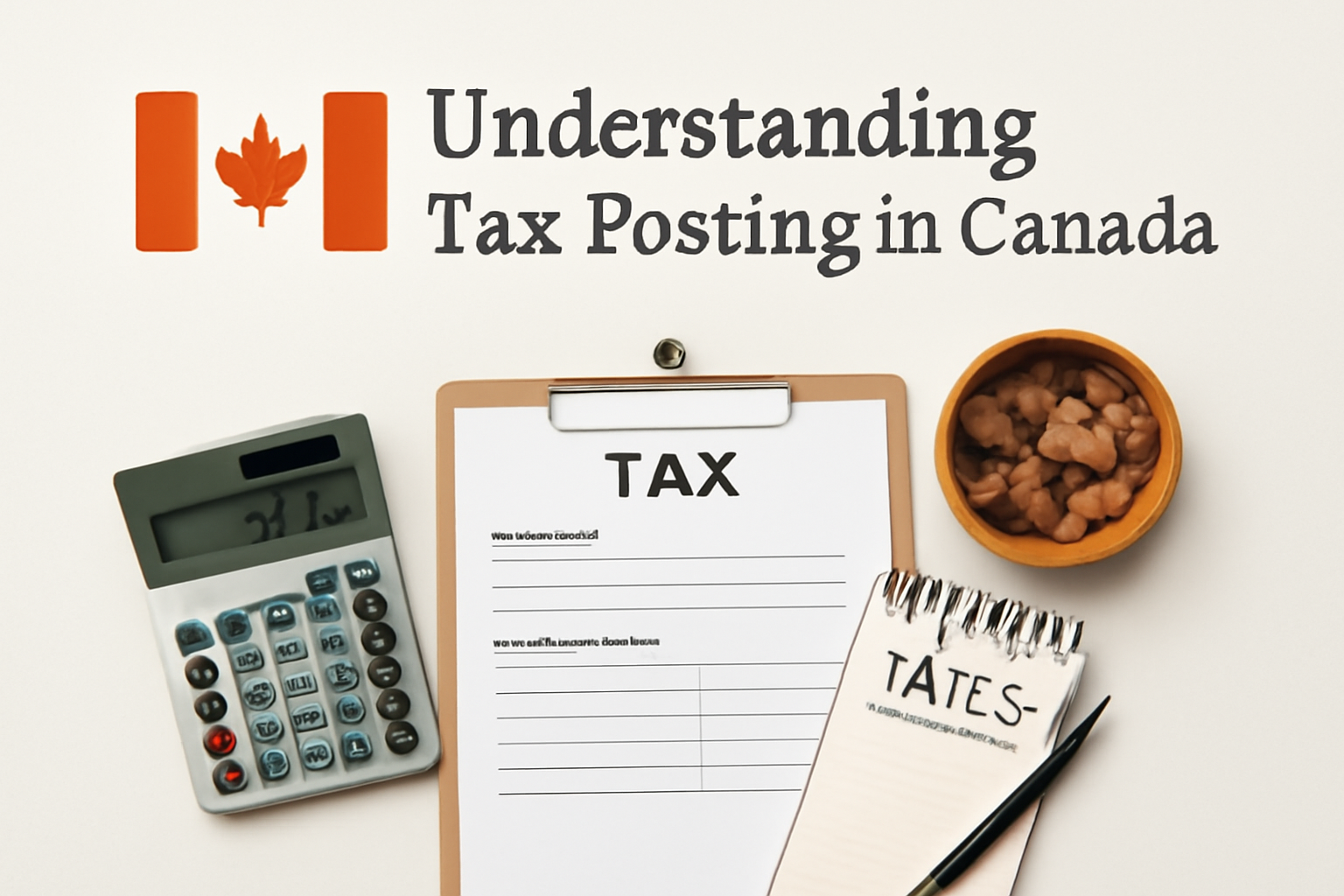
Understanding Tax Posting in Canada: A Comprehensive Guide
Tax season in Canada can be stressful, whether you're an individual taxpayer or running a small business. One term that often pops up—especially in accounting and bookkeeping circles—is “tax posting.” But what does it actually mean, and how does it affect you? In this blog post, we break down the essentials of tax posting in Canada, explain key concepts, and provide actionable tips to make your tax process smoother.
What Is Tax Posting?
Tax posting refers to the process of recording tax-related transactions in your accounting system. This can include:
- Recording income tax payable and receivable
- Posting GST/HST collected and paid
- Posting payroll taxes
- Adjusting for tax credits, deductions, or refunds
- Accurate tax posting is crucial—not only for compliance with the Canada Revenue Agency (CRA), but also for getting a clear financial picture of your business or personal finances.
Key Types of Taxes in Canada
1. Personal Income Tax
Most Canadians file a personal income tax return every year, reporting employment income, investments, deductions, and credits.
2. Corporate Income Tax
If you run a corporation, you must file a T2 return annually and pay tax on your business’s profits.
3. Sales Taxes (GST/HST/PST)
- GST (Goods and Services Tax): 5% federal
- HST (Harmonized Sales Tax): in some provinces, combines federal and provincial sales taxes (rates vary)
- PST (Provincial Sales Tax): separate in provinces like BC, Saskatchewan, Manitoba, Quebec
4. Payroll Taxes
Employers must deduct and remit CPP (Canada Pension Plan), EI (Employment Insurance), and income tax on employees’ behalf.
